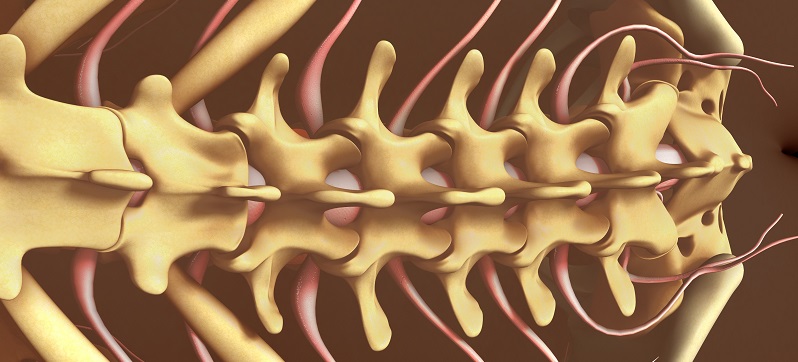How To Prevent And Treat Spinal Nerve Adhesion After Surgery
Category: Spine Surgery | Author: Stefano Sinicropi

Scarring is a natural part of the healing process, but if scar tissue doesn’t develop as expected, it can actually lead to more discomfort and pain. When scar tissue envelops or adheres to a nerve root during the healing process, this is known as epidural fibrosis. The condition tends to occur most commonly in the spine due to the location of nerve roots in the spinal column and as a result of how incisions are made in order to access different areas of the spine during surgery. In today’s blog, we explore how epidural fibrosis can be prevented and treated.
Epidural Fibrosis Development And Symptoms
Epidural fibrosis is a condition that tends to develop in the wake of a corrective spine procedure. Many spine surgeries are performed in order to address nerve damage or impingement, meaning that the incisions to access the surgical site are often very close to spinal nerve roots. To close the wound that was made during surgery, the body creates scar tissue over the course of a number of weeks after your operation. Oftentimes this scar tissue formation does not cause any problems, but in rare cases it can adhere to a nearby nerve root, leading to discomfort as it irritates the spinal nerve.
Some common symptoms that suggest you may be dealing with epidural fibrosis following a spinal procedure include:
- New or worsening pain in the weeks that follow surgery
- Worsening pain with movement
- Shooting discomfort
Pain could also be caused by a different issue in the wake of spine surgery, so don’t just assume that nerve entrapment is the cause. If you’re dealing with new or worsening pain following a back operation, consult with your surgeon or your care team to develop a plan of action.
Prevention And Treatment
You won’t have total control over your ability to prevent spinal nerve adhesions following a surgical procedure, but if you keep the following tips in mind, you may be able to reduce your likelihood of epidural fibrosis or work to calm any symptoms that develop:
- Physical Therapy – Physical therapy helps to perform a number of essential functions following surgery, like strengthening your supportive spinal muscles and increasing stability to your spinal column. Physical therapy exercises can also help to break up large scar tissue formations, making it less likely that they’ll envelop a nearby spinal nerve root. PT can also alleviate symptoms of mild or moderate epidural fibrosis.
- Stretching – Stretching works similar to physical therapy in that it can gently break up scar tissue formations and decrease the likelihood that a formation will adhere to a spinal nerve. Stretching your back in different directions will work best, but mind any movement restrictions that have been put in place following your procedure.
- Medication – Pain medications or anti-inflammatories can help to ease discomfort after surgery, making it easier for you to partake in physical therapy or stretching techniques that aid in scar tissue prevention and treatment.
If you follow these tips and trust your operation to an experienced spine specialist like Dr. Sinicropi, we’re confident that you will be able to reduce your likelihood of developing uncomfortable spinal adhesions following a procedure. For more information, or to contact his office, give the team at The Midwest Spine & Brain Institute a call today at (651) 430-3800.